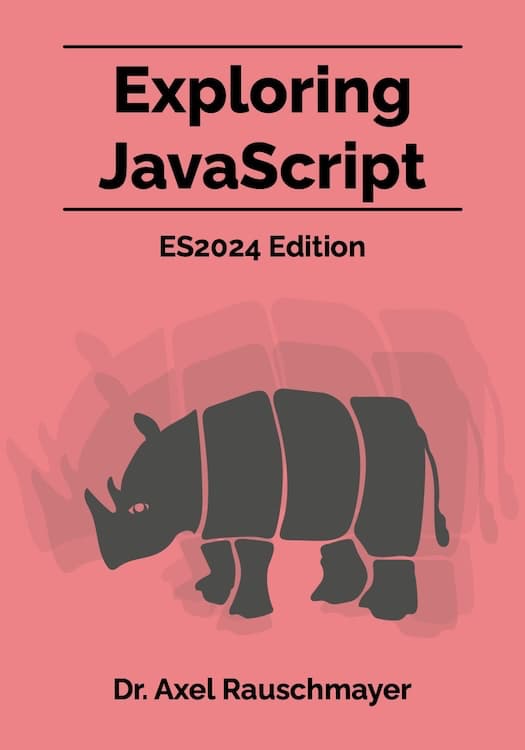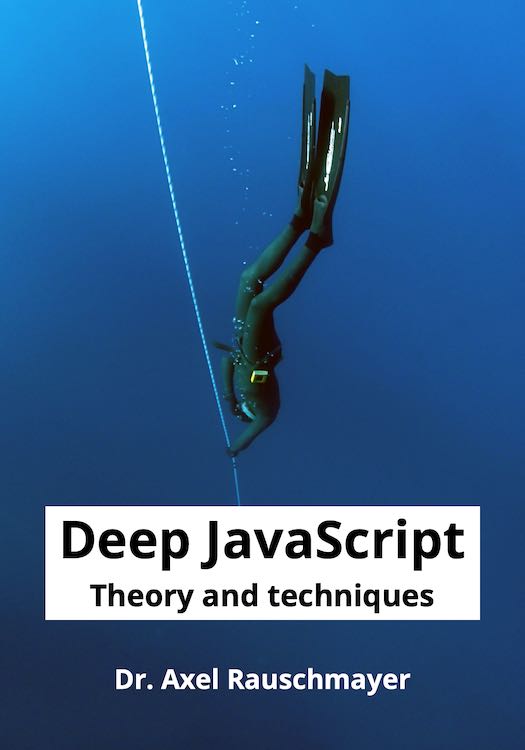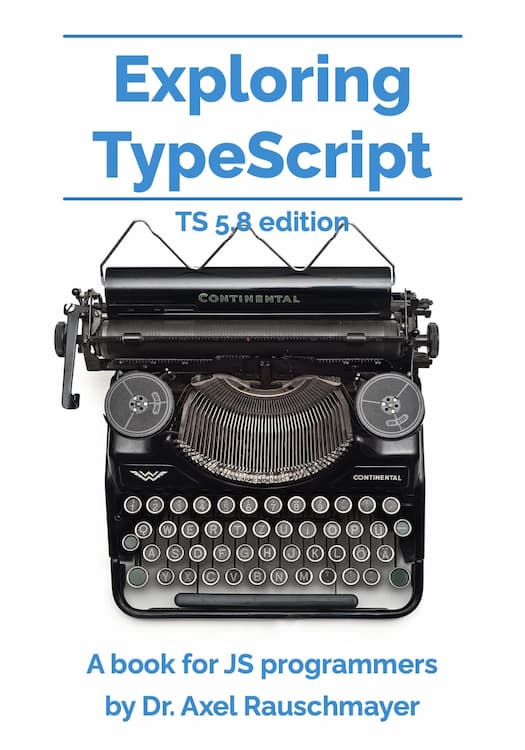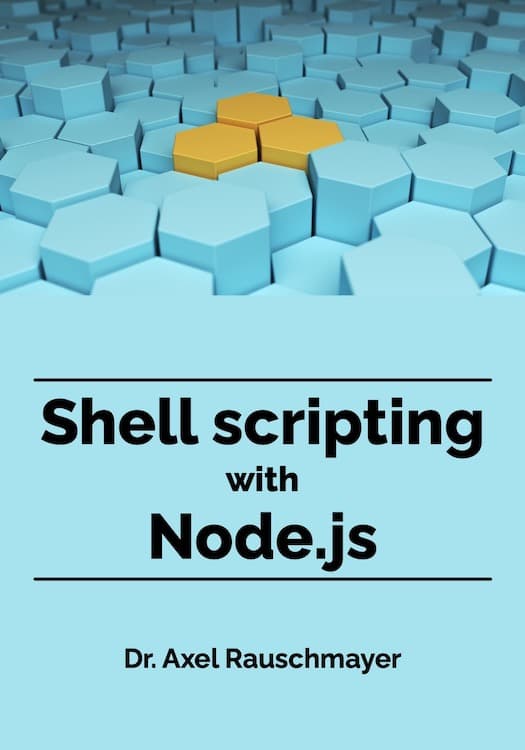2012-01
The multiple roles of JavaScript objects and arrays
[2012-01-01] dev, javascript, jslang
Both objects and arrays play multiple roles in JavaScript. This blog post explains what those roles are.
2011-12
Why do some JavaScript methods have such long names?
[2011-12-28] dev, javascript, jslang
Allen Wirfs-Brock (the project editor of the ECMAScript 5 specification) recently mentioned the thought process behind method names such as Object.getOwnPropertyNames():
es6-shim – ECMAScript 6 functionality on ECMAScript 5
[2011-12-27] esnext, dev, javascript, jslang
Update 2012-03-13: Added a section on installation.
Paul Miller’s es6-shim gives you functionality that will be in ECMAScript 6 (code-named ECMAScript.next), on ECMAScript 5 engines. It was initially based on a project of mine, but adds much new functionality, Node.js compatibility, and (not least) tests.
Subclassing builtins in ECMAScript 5
[2011-12-26] esnext, dev, javascript, jslang
JavaScript’s built-in constructors are difficult to subclass. This post explains why and presents solutions.
What is the difference between a shim and a polyfill?
[2011-12-20] dev, javascript, clientjs, jslang
In the JavaScript world, one frequently encounters the words shim and polyfill. What are those things and what is the difference between them?
Duolingo: using free online language lessons to translate texts
[2011-12-19] foreign languages, education, life
Duolingo achieves an impressive win-win: Customers get to learn a foreign language for free while helping the company translate texts.
Fake operator overloading in JavaScript
[2011-12-17] dev, javascript, jslang
Update 2012-01-29: The post “What is {} + {} in JavaScript?” looks at the addition operator in more detail.
This post describes how to do a limited version of operator overloading in JavaScript. With the technique described here, you’ll be able to implement a type StringBuilder that can be used as follows:
var sb = new StringBuilder();
sb << add("abc") << add("def");
And a type Point that can be used as follows:
var p = new Point();
p._ = new Point(1, 2) + new Point(3, 4) + new Point(5, 6);
p._ = new Point(1, 2) * new Point(3, 4) * new Point(5, 6);
Write your shell scripts in JavaScript, via Node.js
[2011-12-16] jsshell, dev, nodejs, javascript, shell
What’s new in CSS 4 selectors
The following are the highlights of what is new in CSS 4 selectors:
Movie titles and lines in JavaScript
[2011-12-08] dev, javascript, humor
Tweets marked with the hashtag #MovieLinesInCode express a movie line or title in programming language code.
This post gives some examples in JavaScript; most of them are paraphrased from the blog post “Best of #MovieLinesInCode” by Arialdo Martini [link via Michael Haszprunar].





